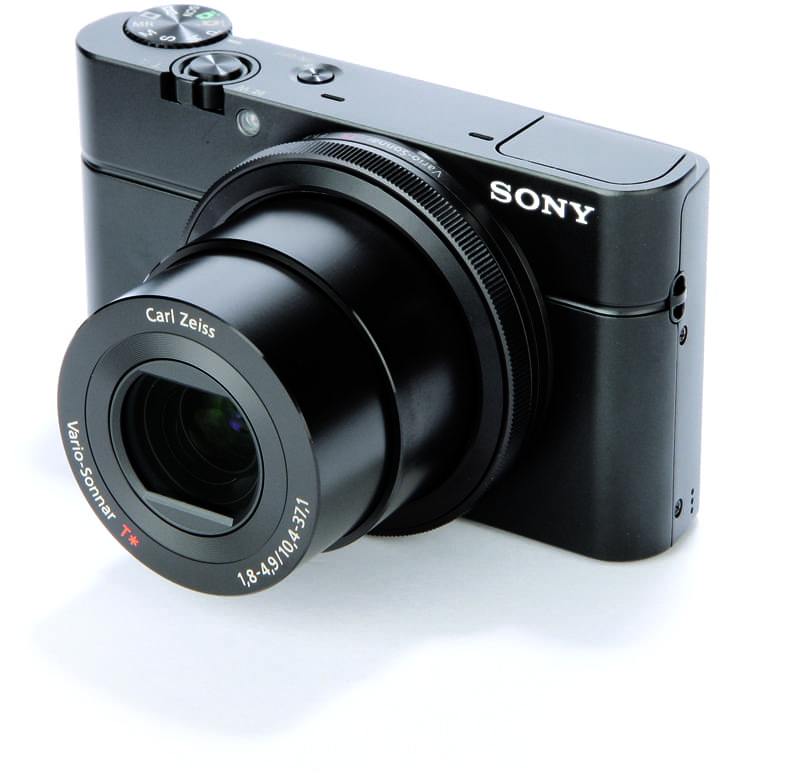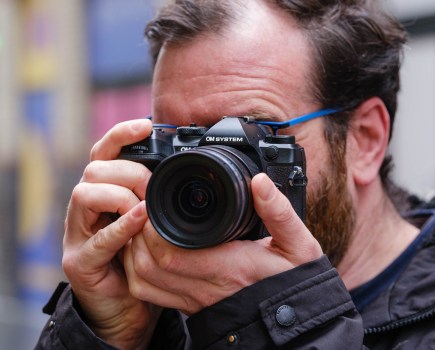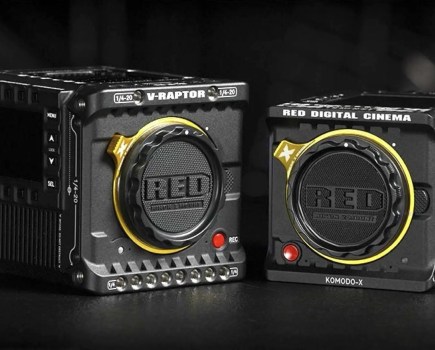The news comes as the firm moves to stress the image quality benefits of camera-dedicated devices in the face of the smartphone revolution. Sony acknowledges that smartphones outsold compact cameras two-fold in the UK last year.
Due out in late July or early August, the £550 RX100 is billed as an ‘expert compact camera’.
The company sees ‘massive’ potential in the market for high-end pocketable cameras, according to Sony UK’s senior product manager for Cyber-shot, Frederik Lange, in an interview with Amateur Photographer.
Lange said that key to satisfying the demands of this consumer is combining a larger than normal sensor with a top-notch lens and Bionz image processor.
The RX100 sports an f/1.8 Carl Zeiss Vario-Sonnar T* lens designed to deliver the 35mm equivalent of a 28-100mm zoom.
The seven elements-in-six-groups optic features an Advanced (AD) lens which aims to reduce overall size.
Another crucial feature, adds Sony, is the inclusion of a ‘1-[inch]-type’ Exmor CMOS imaging sensor.
The company’s decision to install a sensor with an effective resolution of 20.2 million pixels followed research suggesting consumers prefer more pixels.
The 2011 Sony Europe survey of compact camera and DSLR users, across all brands, found that consumers regard pixel count, high sensitivity, lens brightness and sensor size as priority areas.
Each pixel on the RX100 is ‘3.6x larger’ than those on the 1/2.3 inch sensor used on its Cyber-shot siblings, according to Sony.
Housed in an aluminium body, the ‘fully-customisable’ RX100 includes a maximum equivalent ISO sensitivity of 25,600, a top continuous burst rate of 10 frames per second (at full resolution) and longer battery life (330 shots versus 200 previously, claims Sony).
The 3in (1.2-million-dot-resolution) LCD screen uses WhiteMagic technology borrowed from Sony’s Experia smartphones. This adds white pixels to the screen’s RGB structure, to help improve visibility outdoors and increase battery life.
Screen brightness is 2.4x that of the Cyber-shot HX20, explained Sony Europe technical marketing manager Yasufumi Machitani, adding that the RX100’s menu system is borrowed from the firm’s Alpha range of DSLRs.
The camera also incorporates a lens ring, allowing users to control areas such as aperture, ISO and white balance.
A function button enables the photographer to assign up to seven settings, while a Memory Recall mode can be used to select a previously chosen setting.
Other features include raw format shooting, a level gauge and the ability to manually control exposure in the Full HD (50p) movie mode.
Also on board is a 5cm macro mode and a minimum AF focusing distance of 55cm.
Though there is no hotshoe, Sony hinted that one may be added to future models.
Sony claims that the RX100 can focus in 0.13sec, in bright conditions.
Sony plans to target the camera at compact camera users who want to be more creative, and those who have a passion for travel and street photography, as well as DSLR owners after a second, back-up, camera.
A spokesperson declined to comment when asked whether the improved battery inside the RX100 will be extended to the Alpha series.








